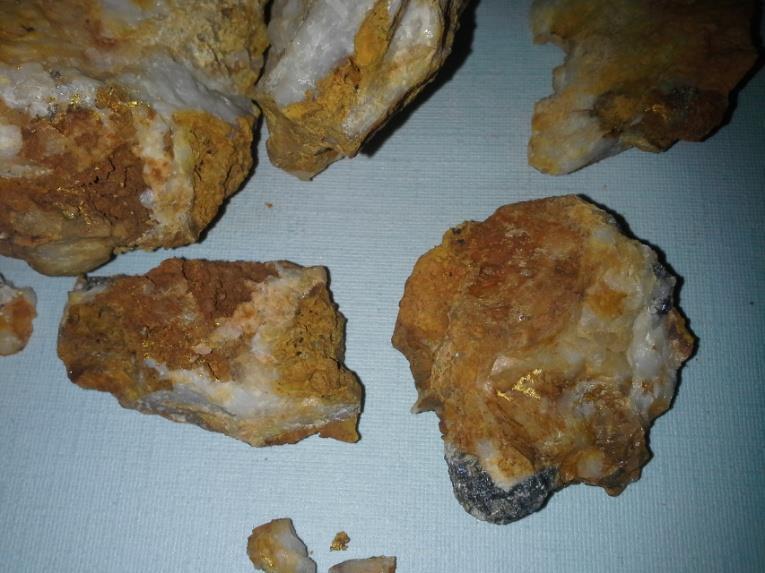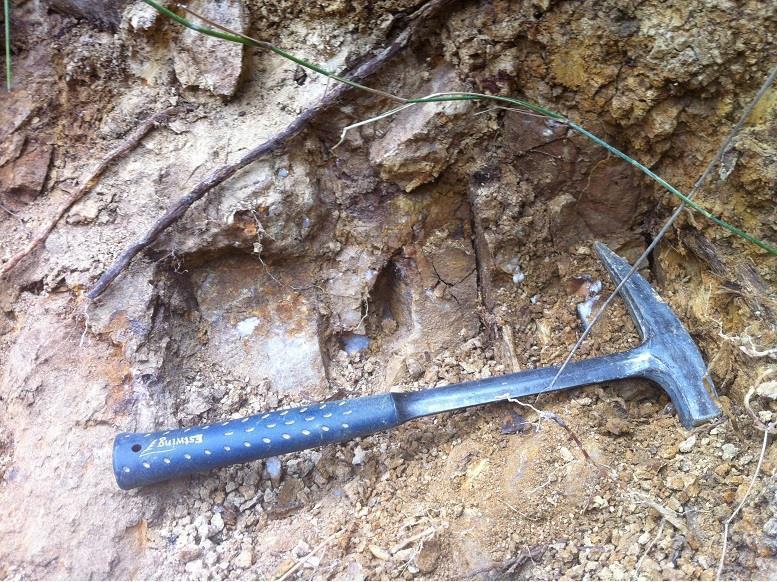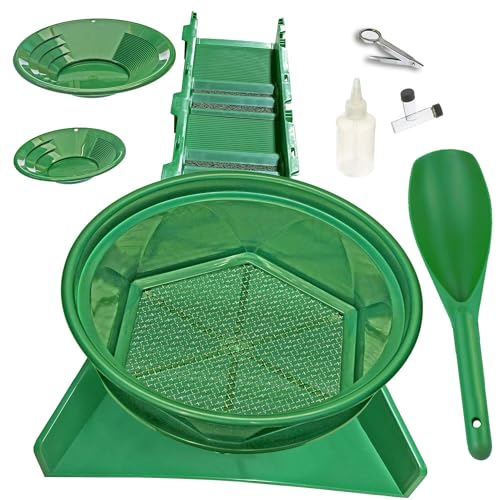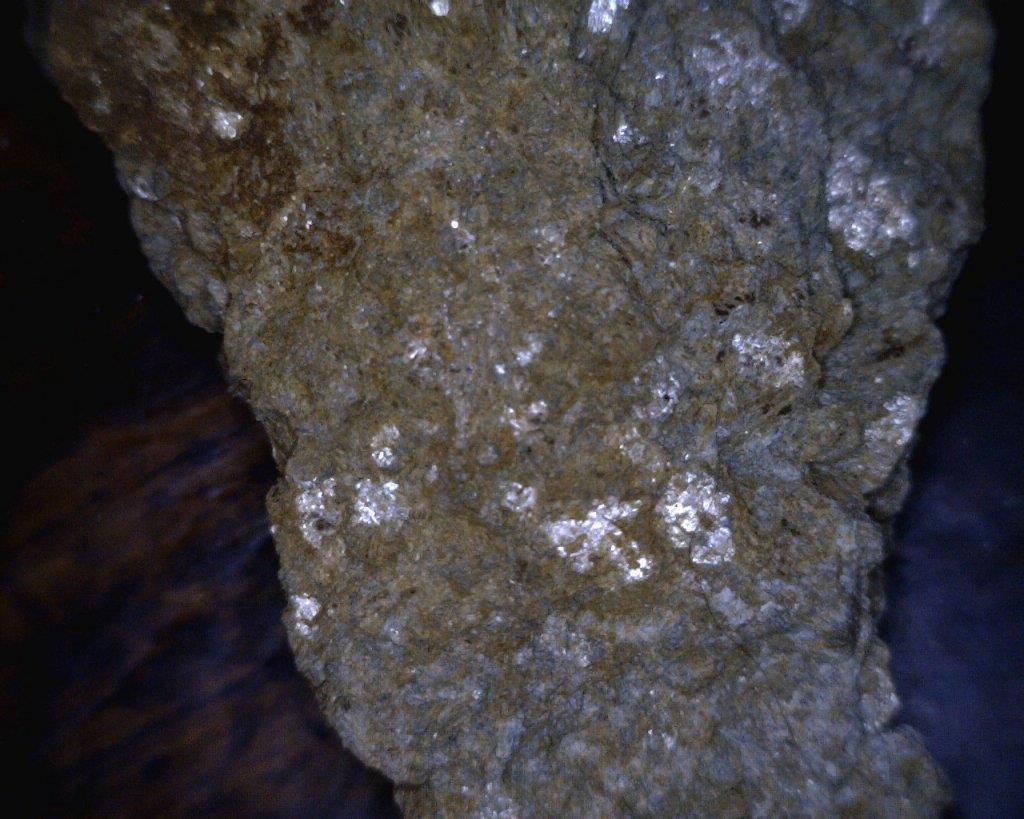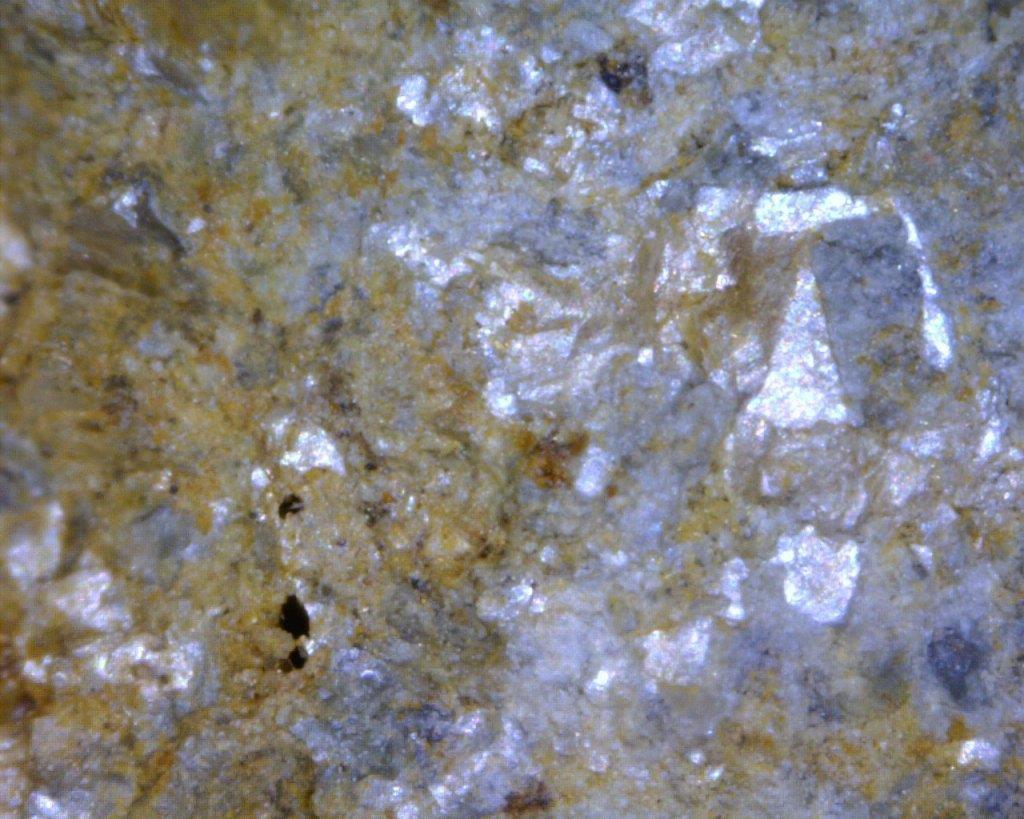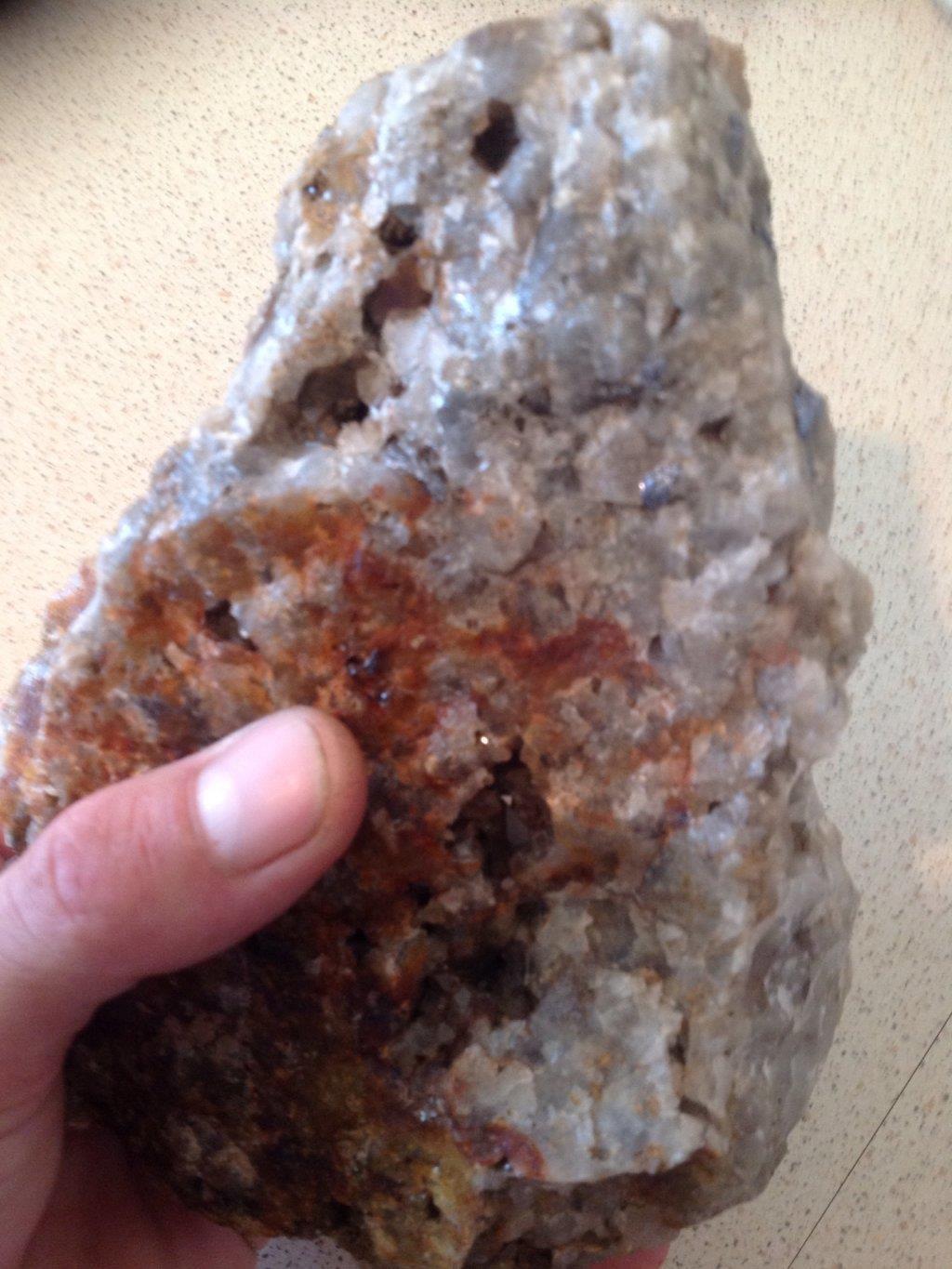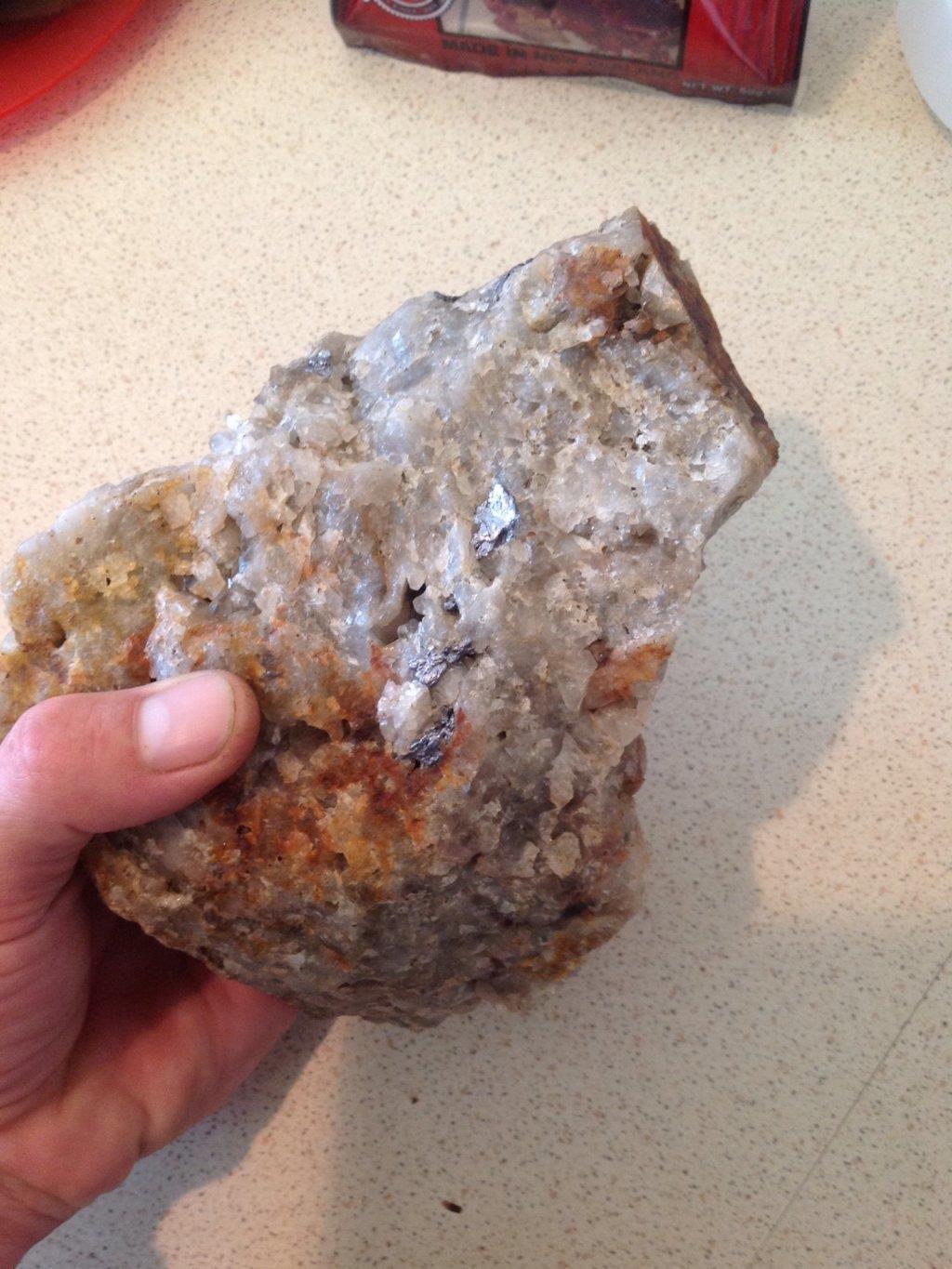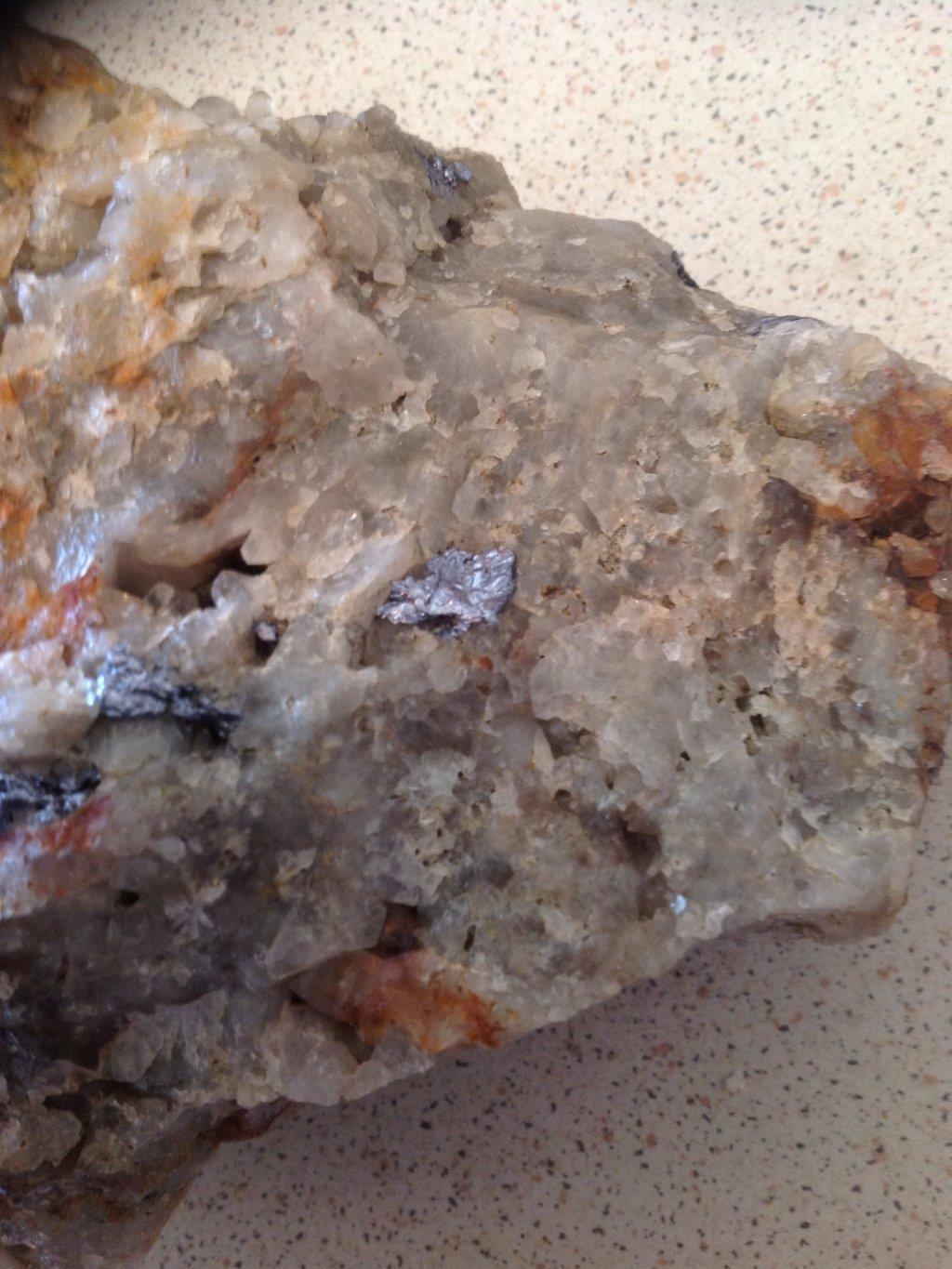I think what we are incurring here is the problem between the deciphering of photos's and the real item. Many rocks on visual can look identical or similar. In the field three quick easy tests to confirm an identity is to streak test, cleavage test and hardness test. Usually the outcome of these three tests will allow you to identify a rock to a 95% probability in the field, without any real further testing.
Like in the case of Chalcopyrite, on visual it will look brassy when first broken, and tarnish over time, the actual streak test colour when drawn across a white plate will be metallic greenish black. Completely opposite to it's visual.
Streak testing is easy and cheap, you can find a set of plates here
http://www.pilbarageology.com.au/products/Streak-Plate-Set.html
Further confirmation is then confirm through hardness testing, through the use of a MOH's hardness set, found here.
http://www.pilbarageology.com.au/products/Deluxe-Mohs-Hardness-Pick-Set.html
Cleverage, well a hammer will help you here
If you have a real interest in geology, and want to determine the lithology within in an area, it would well serve to at least get a streak plate kit. Visual colours are highly miss leading, chemical weathering, trace element interaction and available lux of light can severely impede the identification of rocks based on colour, and or combination.
A lot of people carry a loupe as part of their kit, which is great, aids a on a percentage of rocks, or minerals by as siting the eye in identifying the crystal system of the specimen, but this really test no four in the sliding scale. Tests one to three should be completed first.
To complement all this a good field rock and mineral identification book is required, a good one, both in comprehensiveness and portability can be found here
http://www.abcmaps.com.au/Image Pages/rmpng.htm
Like I said doing it from photos is hard, and not being stubborn, until someone tests the original subject specimen, I'm not convinced based on the photos that it is chalcopyrite, but more then happy to be proven wrong, looks to grainy and loose in the photo.
Happy hunting
John
